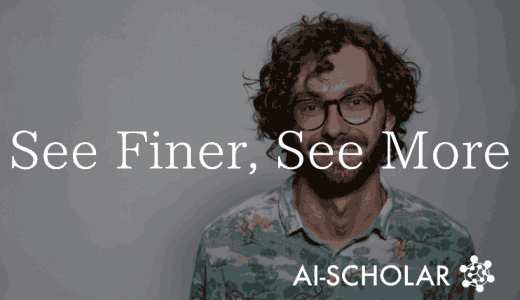Can You Bridge The Gap Between The Simulation And Reality?
3 main points
✔️ The method to reduce the gap between simulation and reality
✔️ It is difficult to apply a model trained by the simulator directly to the real world.
✔️ The generalization performance was improved by storing information from ImageNet's pre-training models.
Automated Synthetic-to-Real Generalization
written by Wuyang Chen, Zhiding Yu, Zhangyang Wang, Anima Anandkumar
(Submitted on 14 Jul 2020)
Comments: Accepted at ICML2020
Subjects: Machine Learning (cs.LG); Computer Vision and Pattern Recognition (cs.CV); Robotics (cs.RO); Machine Learning (stat.ML)
Paper Official Code COMM Code
Introduction
For supervised learning using real-world data, you may need large amounts of labeled data. For example, if we were creating an object detection system, we would need a large number of images and human-attached data with information about the objects contained in them. Thus, manually annotating real-world data would be enormously expensive.
On the other hand, using a simulator to automatically create labeled data eliminates the need for this kind of labor and provides data for training at a small cost. Therefore, if a model can be trained on the composite images created by the simulator and then applied to the real world, the cost of annotation can be greatly reduced.
However, there are naturally some differences between the real world and simulation. If such domain gaps cannot be addressed, the aforementioned attempts will not perform well.
The paper presented in this article proposes a method to significantly improve the generalization performance from such synthetic data to real data.
To read more,
Please register with AI-SCHOLAR.
ORCategories related to this article








